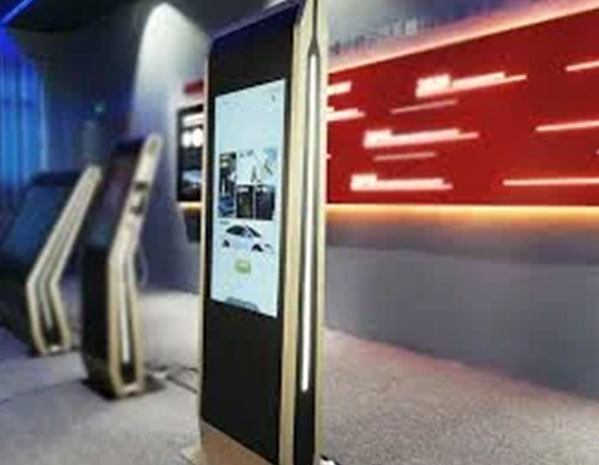Are you tired of spending money on traditional advertising methods with little to no return on investment? A dynamic digital signage is here to ensure you spend your bucks right!
This modern approach to advertising can help you grab the attention of your target audience and maximize your ROI. With vibrant visuals, eye-catching animations, and compelling content, a dynamic digital signage is the perfect way to get your message across in a fun and engaging way.
But what is digital signage and how effective are digital displays in improving ROI? We will talk all about it in this article to ensure you know what smart digital signage can be utilized for! So, let’s get started.











